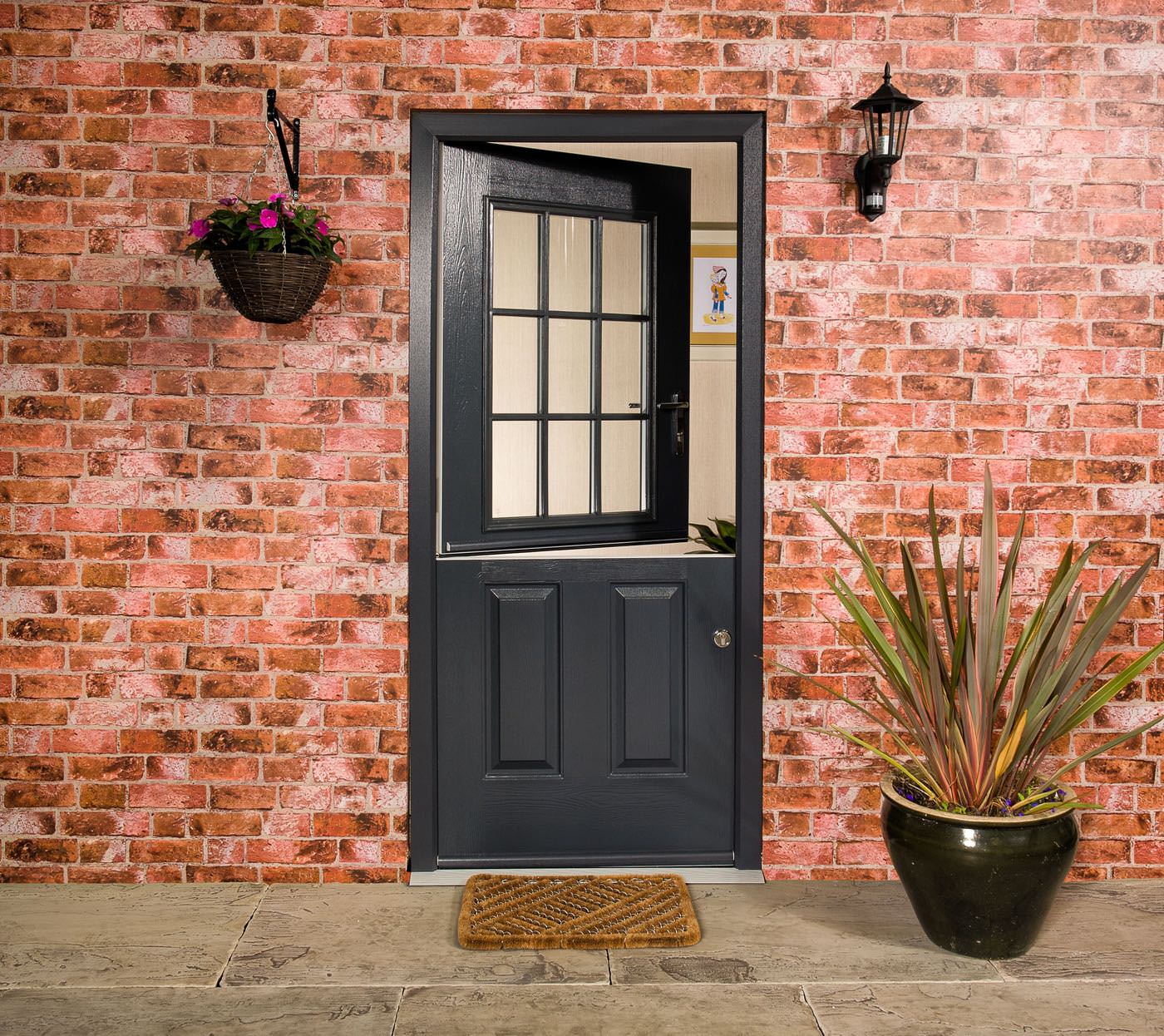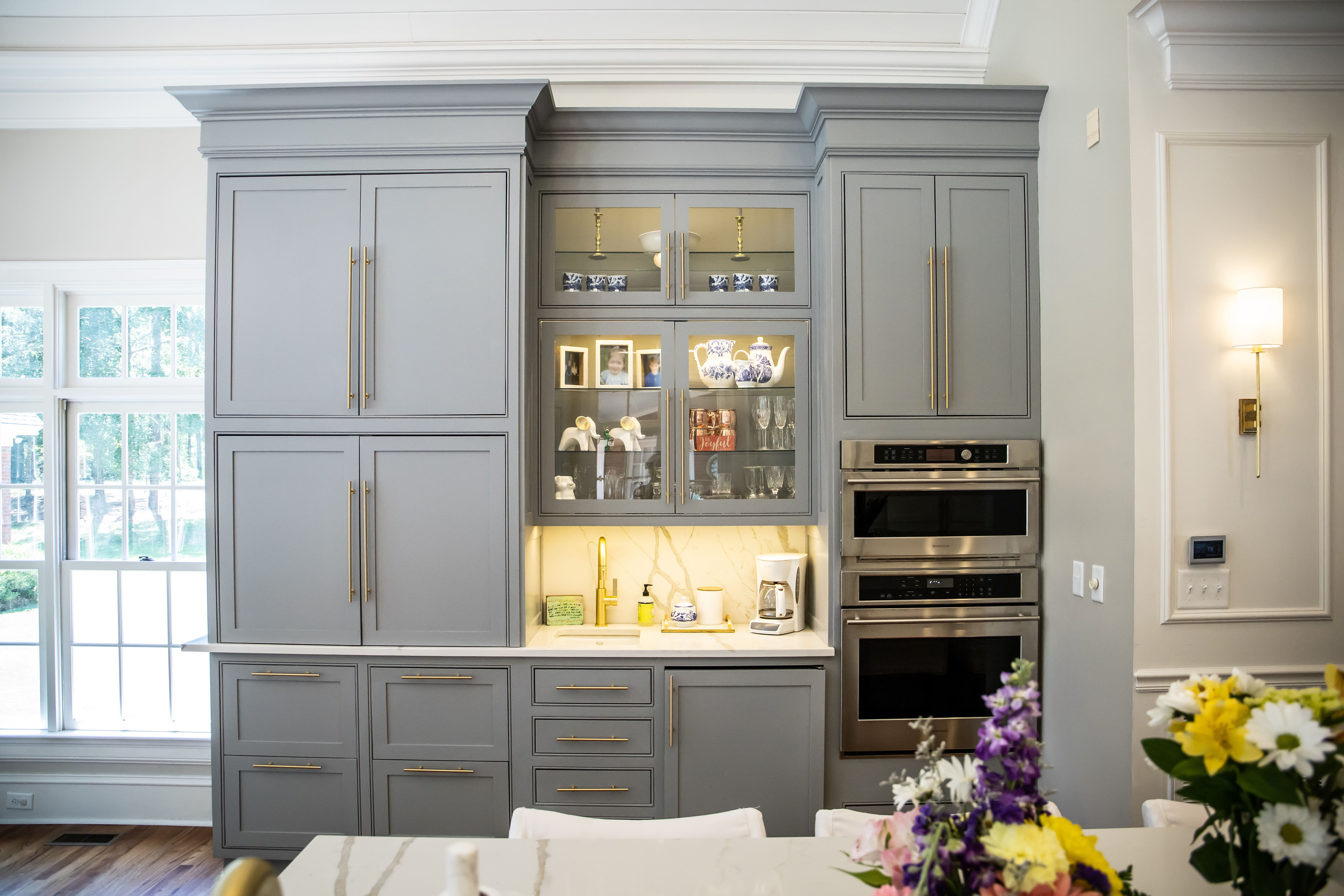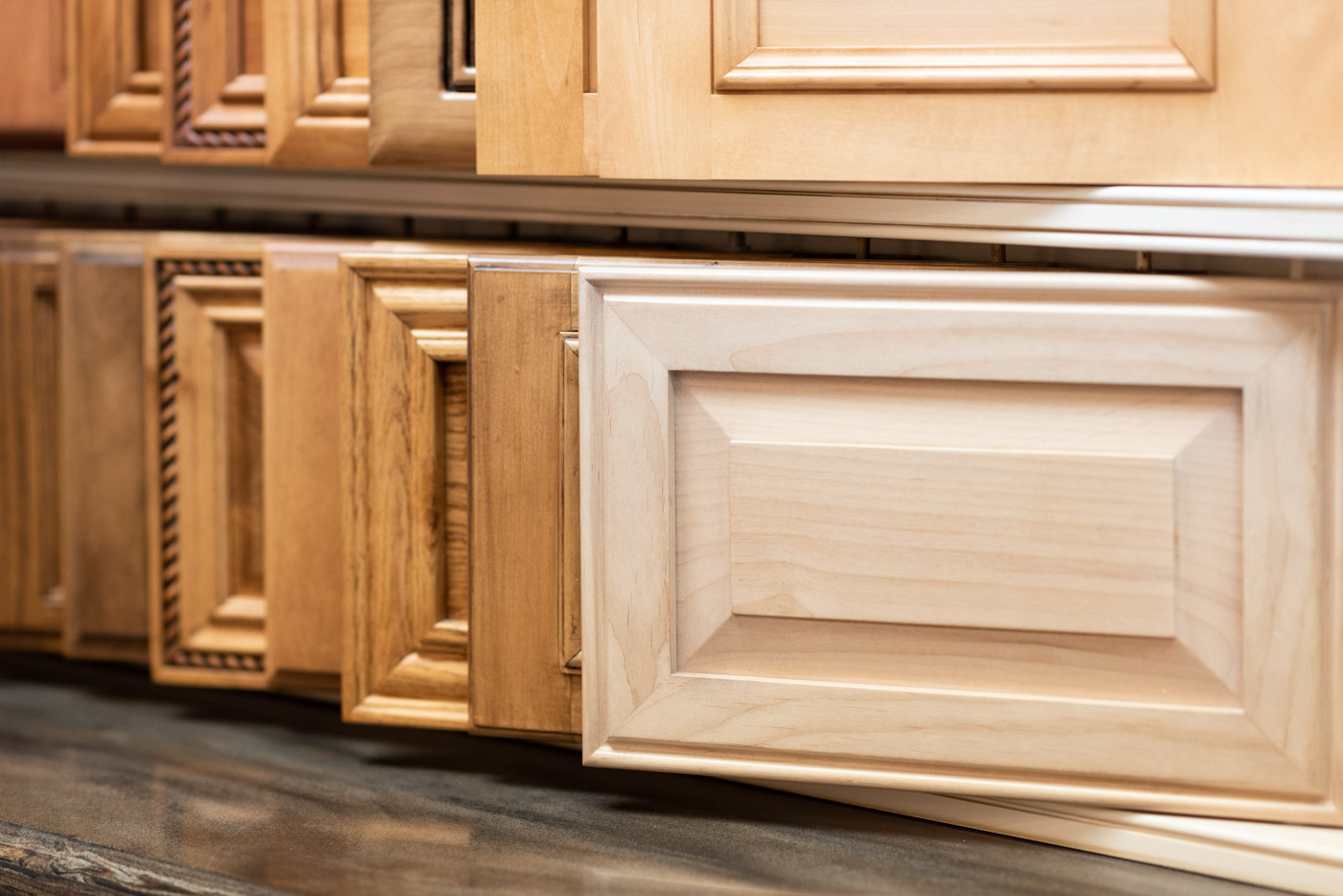Design Elements of Cottage Style Cabinet Doors

Cottage style cabinet doors evoke a sense of warmth, rustic charm, and timeless elegance. Their appeal lies in the careful selection of materials, hardware, and finishes that work together to create a specific aesthetic. This detailed exploration delves into the key design elements that define this popular style.
Wood Types and Their Visual Impact
The choice of wood significantly influences the overall feel of cottage style cabinet doors. Softwoods like pine and fir are frequently used, offering a light and airy aesthetic, often showcasing natural knots and grain patterns that add to the rustic charm. These woods are readily available and relatively affordable, making them popular choices for this style. Hardwoods such as oak and cherry, while more expensive, provide a richer, more durable option, capable of showcasing intricate detailing and lasting for generations. Oak, in particular, offers a variety of grain patterns, from the rustic appeal of a heavily knotted piece to the elegant straight grain of select cuts. The choice of wood directly impacts the visual texture and color palette of the final product.
Hardware Choices and Aesthetic Contribution
Cabinet hardware plays a crucial role in defining the cottage style. Simple, functional knobs and pulls in materials like brushed nickel, antique brass, or pewter are frequently used. These metals complement the natural warmth of the wood and create a sense of understated elegance. For a more rustic look, wrought iron or ceramic knobs with floral or nature-inspired designs can be incorporated. The size and shape of the hardware should be proportionate to the size of the doors, avoiding overly ornate or modern styles that might clash with the overall aesthetic. The careful selection of hardware subtly but effectively contributes to the overall character of the cabinets.
Paint Colors and Finishes, Cottage style cabinet doors
Paint colors and finishes further enhance the cottage style’s character. Soft, muted tones like creamy whites, pale blues, sage greens, and warm beiges are frequently chosen to create a calming and inviting atmosphere. Distressed finishes, achieved through techniques like dry brushing or sanding, add a layer of texture and history, emphasizing the rustic charm of the style. Glazing adds depth and richness to the paint, enhancing the wood grain and creating a subtle, antiqued effect. A slightly worn or chipped paint finish can further contribute to the overall aged, lived-in feel characteristic of cottage style. The application of paint and the chosen finish is crucial to the visual story the cabinets tell.
Comparison of Cottage Style Variations
| Style | Wood Type | Hardware | Finish |
|---|---|---|---|
| Rustic Cottage | Knotty Pine, Reclaimed Wood | Wrought Iron, Simple Wood Knobs | Distressed, Natural Wood Stain |
| Farmhouse Cottage | Oak, Whitewashed Pine | Simple Metal Pulls, Ceramic Knobs | Chalk Paint, Slightly Distressed |
| Shabby Chic Cottage | Softwoods, possibly painted | Ornate Metal Pulls, Porcelain Knobs | Glazed, Chipped Paint, Antique White |
Manufacturing and Construction Techniques

Crafting cottage-style cabinet doors involves a blend of traditional joinery and modern techniques, resulting in charming and durable pieces that enhance any kitchen or room. The choice of construction method significantly impacts the final aesthetic and the door’s longevity. Understanding these techniques is key to creating truly bespoke cabinetry.
Cottage style cabinet doors – Building a simple cottage-style cabinet door from scratch is a rewarding project. The process allows for complete customization and provides a deep understanding of woodworking principles. While various complexities exist, a fundamental approach is both achievable and satisfying.
Building a Simple Cottage Style Cabinet Door
This guide details the construction of a simple raised panel door, a common element in cottage style. We will focus on a straightforward design using readily available materials and tools.
- Frame Construction: Begin by cutting four pieces of wood for the door’s frame – two stiles (vertical pieces) and two rails (horizontal pieces). Ensure precise measurements for a perfectly square frame. Use a mortise and tenon joint for superior strength and a clean look. The tenons (projections) are carefully cut into the rails, fitting snugly into the mortises (recesses) in the stiles. Glue and clamp the joints to ensure a secure bond.
- Panel Preparation: Cut a piece of wood for the raised panel, slightly smaller than the inside dimensions of the frame. This allows for a snug fit. For a raised panel effect, use a router and a raised panel bit to create the recessed area around the panel. Alternatively, you can achieve a similar effect using hand tools and chisels, though this requires more skill and time.
- Assembly: Carefully insert the panel into the frame. Glue can be used for added security, though a well-fitting panel should remain stable. Any gaps can be filled with wood filler and sanded smooth.
- Finishing: Once the glue is dry and the door is fully assembled, sand the entire surface smooth. Apply a primer followed by your chosen paint or stain. Several coats are recommended for a durable and even finish. Consider using a slightly distressed finish to enhance the cottage style aesthetic.
Raised Panel vs. Flat Panel Doors
Raised panel doors offer a classic, traditional look, often associated with cottage style. They involve creating a recessed panel within a frame, providing depth and visual interest. Flat panel doors, conversely, feature a single, flat panel within the frame, presenting a cleaner, more minimalist aesthetic. Both can be effectively used in cottage-style cabinetry, depending on the desired level of detail and ornamentation. Raised panel doors generally require more complex joinery and finishing, whereas flat panel doors are often simpler to construct.
Use of Molding and Decorative Elements
Molding plays a crucial role in defining the character of cottage-style cabinet doors. Simple, bead-and-reel molding, applied to the edges of the frame and panel, instantly adds a touch of traditional charm. Other decorative elements such as carved details, applied ornaments, or even simple chamfered edges can significantly enhance the aesthetic. The choice of molding profile and decorative elements should complement the overall style of the cabinetry and the surrounding room. Consider using different molding profiles to create visual interest and depth. For example, a larger profile molding could be used on the rails, and a smaller one on the stiles.
Three Cottage Style Cabinet Door Designs
These designs illustrate the versatility of cottage style and the incorporation of different joinery techniques.
- Design 1: Simple Raised Panel with Bead-and-Reel Molding: This design utilizes a basic raised panel construction with mortise and tenon joinery for the frame. Bead-and-reel molding is added to the frame and panel edges for a classic cottage feel. A simple, painted finish completes the look.
- Design 2: Flat Panel Door with Applied Molding and Decorative Brackets: This design features a flat panel within a rabbet joint frame. Simple molding is applied to the frame edges, and small decorative brackets are added to the corners for a touch of elegance. A stained finish would highlight the wood grain.
- Design 3: Raised Panel with Inset Panel and Decorative Overlay: This more complex design uses a rabbet joint for the frame and features a slightly inset raised panel. A decorative overlay, perhaps carved wood or a simple applied pattern, is added to the center of the panel for a unique touch. A painted finish with a slightly distressed effect would enhance the cottage style.
Integrating Cottage Style Cabinet Doors into Different Room Designs
Cottage style cabinet doors, with their inherent charm and versatility, transcend the limitations of a single room. Their delicate detailing and often-rustic materials effortlessly blend into a variety of design schemes, adding warmth and character to any space. The key lies in understanding how these doors interact with existing styles and how their visual weight can either enhance or detract from the overall aesthetic.
Cottage style cabinet doors enhance various kitchen styles. Their inherent charm effortlessly complements traditional kitchens, creating a cohesive and inviting atmosphere. Imagine a traditional kitchen, brimming with antique brass hardware and warm, honey-toned wood. Cottage style cabinet doors, perhaps with raised paneling and a slightly distressed finish, would integrate seamlessly, enhancing the feeling of timeless elegance. Conversely, in a modern farmhouse kitchen, characterized by clean lines and a focus on natural materials, cottage style doors can provide a touch of whimsical detail, preventing the space from feeling overly austere. Consider Shaker-style cottage doors, painted a crisp white, contrasting beautifully with a dark butcher block countertop and sleek stainless steel appliances. The contrast creates a visually engaging space.
Cottage Cabinet Doors in Bathroom Vanities
The impact of cottage style cabinet doors on a bathroom vanity is significant. The style can dramatically alter the room’s ambiance, transforming it from sterile to serene or from modern to romantic. A rustic, distressed-wood vanity with cottage style doors, featuring decorative knobs and perhaps a slightly distressed paint finish, creates a spa-like retreat. Conversely, a sleek, minimalist bathroom can benefit from the charm of simpler cottage doors, painted in a soft, pastel shade. The subtle detailing of the doors introduces a touch of personality without overwhelming the clean lines of the overall design.
Cottage Style Cabinet Doors in Other Rooms
The versatility of cottage style cabinet doors extends far beyond kitchens and bathrooms. Their ability to infuse warmth and character makes them ideal for several other spaces.
- Laundry Room: A laundry room often overlooked, can be transformed into a charming and functional space with cottage style cabinet doors. Imagine a set of painted cabinets, concealing cleaning supplies and laundry essentials, with delicate knobs and a cheerful color palette. This instantly elevates the mundane task of laundry.
- Home Office: For a home office seeking a touch of rustic charm, cottage style cabinet doors can provide a sense of warmth and personality. Consider a built-in shelving unit with these doors, offering storage for books, files, and office supplies, while maintaining a visually appealing and organized workspace.
- Mudroom: Mudrooms, often high-traffic areas, can benefit greatly from the durability and charm of cottage style cabinet doors. These cabinets can provide ample storage for coats, shoes, and bags, while maintaining a welcoming and organized entryway. The slightly rustic aesthetic helps to mask wear and tear better than more delicate styles.

